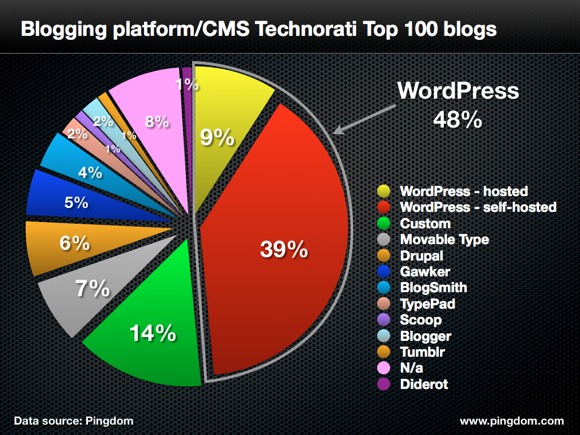An iconographic and text archive related to communication, technology and art.
This week’s roundup include an analysis of “hyperlinks” written twenty years ago, an interview with the designer of Facebook’s Timeline, legal ruling about the nature of software code, Werner Herzog’s thoughts about death and some more.
• • •
- The New York Times: “The End of Books” by Robert Coover, June 21, 1992. In this article written twenty years ago, author and professor Robert Coover tried to envisioned the impact of the newly introduced “hypertext” on literature in particular and on art in general. The concluding paragraph reads as follows:
Hypertext is truly a new and unique environment. Artists who work there must be read there. And they will probably be judged there as well: criticism, like fiction, is moving off the page and on line, and it is itself susceptible to continuous changes of mind and text. Fluidity, contingency, indeterminacy, plurality, discontinuity are the hypertext buzzwords of the day, and they seem to be fast becoming principles, in the same way that relativity not so long ago displaced the falling apple.
- Domus: “In praise of lost time” by Dan Hill, March 2, 2012. Here’s something I was really surprise to learn: Graphic designer Nicholas Felton was hired by Facebook to design the new user interface which became known as “Timeline”. Nicholas Felton is well known for his series of “Annual Reports” visually mapping and presenting his personal activities during the past year (miles flown, books read, photos taken, etc.). He has done so since 2005.
- Pingdom: “WordPress completely dominates top 100 blogs” April 11, 2012. Although that didn’t come as a surprise, what did (to me) was to discover the name of “big” website among this list: Mashable!, TechCrunch, Boing Boing, GigaOM, Laughing Squid, The New York Times’s Media Decoder, Neatorama, Brain Pickings, Colossal… all run on self-hosted WordPress installation. That would be a point to consider for anyone wondering about the sturdiness of this publishing platform.
- Wired: “Code Not Physical Property, Court Rules in Goldman Sachs Espionage Case” by Kim Zetter, April 11, 2012.
Former Goldman Sachs programmer Sergey Aleynikov, who downloaded source code for the investment firm’s high-speed trading system from the company’s computers, was wrongly charged with theft of property because the code did not qualify as a physical object under a federal theft statute, according to a court opinion published Wednesday.
Bonus point for someone in the comment section who asked: “Cool! does this apply to DNA too?”
- Slate: “Death to Word” by Tom Scoca, April 11, 2012.
I know only one person who loves working in Word: my 4-year-old. It’s valuable to him to be able to put the names of subway lines in their correct colors, or to spell out “autumn” with each letter a different falling-leaf hue, or to jump from Times New Roman to Comic Sans to Chalkboard in midstory. He also loves to write things on my old manual Smith-Corona. A tool that’s lost its purpose makes a great toy.
- Waxy.org: “Waxy.org Turns 10” by Andy Baio, April 15, 2012. Andy Baio runs a blog (and a link blog) about Internet culture and technology in general.
Most of the interest in writing online’s shifted to microblogging, but not everything belongs in 140 characters and it’s all so impermanent. Twitter’s great, but it’s not a replacement for a permanent home that belongs to you.
- Microryza: Microryza is a new crowdfunding platform similar to Kickstarter except it aims at supporting scientific projects. In their FAQ, they explain why they chose this name:
Mycorrhizae are symbiotic, microscopic fungi that live in the roots of plants, and they are found everywhere that plants grow. They break down nutrients, fight off pathogens, and stabilize the soil. Although they’re small and unnoticeable, when you have lots of them they can support an entire ecosystem of roots, shrubs, and trees. Without mychorizzae many of the plants on our planet would not survive.
In the same way, we’re growing a community of individuals who provide microgrants to seed new research. But with Microryza, individual people from all over the world can come together and help new ideas blossom into new discoveries.Inside Higher Ed wrote a more substantial portrait of the new startup: “Crowdfunding’s Next Frontier: Academic Research?” by Audrey Watters, April 12, 2012. One can also follow Microryza on Facebook and Twitter. For a similar initiative, see Petridish.org.
- The Guardian: “Werner Herzog on death, danger and the end of the world” by Steve Rose, April 14, 2012. Following the release of Herzog’s latest film Into The Abyss (IMDb), Steve Rose interviews and discusses “the myth of Herzog” (while participating in the perpetuation of said myth).
They would have to make an emergency landing. The runway was covered in foam and flanked by scores of fire engines. “We were ordered to crouch down with our faces on our knees and hold our legs,” says Herzog, “and I refused to do it.” The stewardess was very upset, the co-pilot came out from the cabin and ordered him to do as he was told. “I said, ‘If we perish I want to see what’s coming at me, and if we survive, I want to see it as well. I’m not posing a danger to anyone by not being in this shitty, undignified position.'”
- By Philippe Theophanidis
- on
- ― Published in Link-roundup






